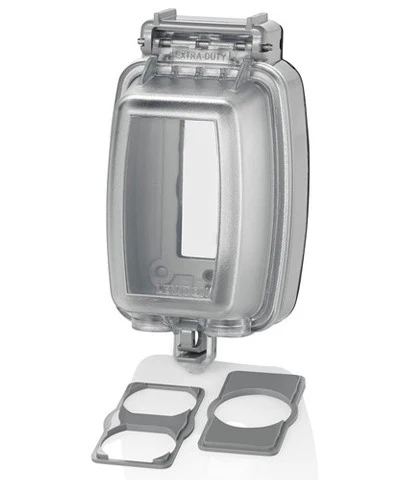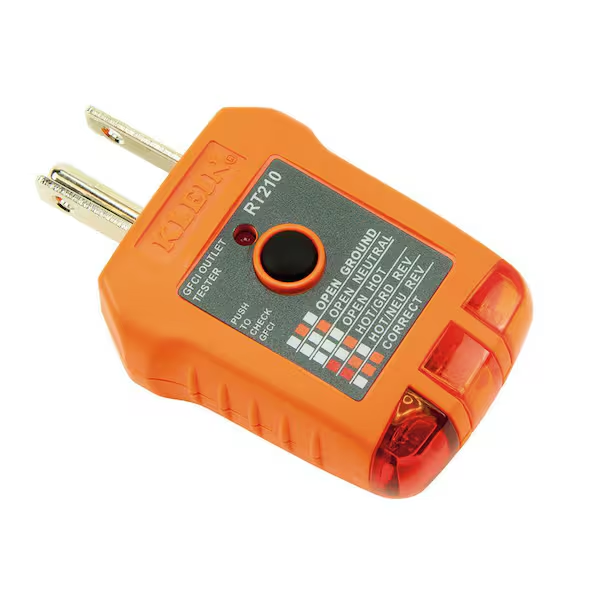How to Holiday Proof Your House Electrically
It’s finally starting to feel like fall in Texas and that means we’re shifting into more time spent outside. Some of that time may be spent putting up decorations for all the upcoming holidays. Now is the time to start preparing for some of those holiday decoration needs.
Add in Extra Outlets for Lighting
If this is the year that you’re planning on giving Clark Griswold a run for his money on lighting, it might be a good idea to install an extra outlet or two to split up the electrical load. Having too many lights and decorations on one outlet or one circuit could cause the circuit to trip. Adding an extra circuit or an extra outlet on a different circuit would help break up the load among several circuits keeping the lights on all season long.
Add Covers for Outdoor Outlets

Covers on outdoor outlets help keep the sun and rain off our plugs. Newer houses will likely already have these installed but if you have an outdoor outlet exposed to the elements now would be a good time to add an extra layer of protection.
Re-caulk Outdoor Outlets
As we move further away from the hot, dry summer we’ll likely start seeing more showers, storms, and heavy morning dew. One thing that absolutely hates the hot and dry of the summer is the caulk around our outdoor outlets. As the caulk dries out it starts to pull away from either the outlet or the house creating a gap where water can affect the electrical system. Many houses now have ground-fault circuit interruption (GFCI) protecting the outdoor circuits. The GFCI’s job is to trip when it senses moisture to make sure everyone stays safe from electrocution. Often, the first rain of the fall will find its way to the electrical of an outdoor outlet and trip the GFCI. The best way to avoid this problem is to recaulk the outdoor outlets. Our preferred caulk is one that is clear and paintable. The clear caulk starts out white and turns clear when it’s completely dry and can be painted to match the house if that’s your preference.
Test GFCIs
The last item on our list is just a good measure, test your GFCI outlets. Imagine outlets tied together like old Christmas tree lights, if the first bulb by the plug stops working then the rest of the outlets stop working. The GFCI outlet is our first light bulb on the circuit, it’s responsible for making sure that we stay safe in the event that a ground-fault happens. We want to make sure that the GFCI can and will trip when a problem arises.
We most often see GFCI circuits in areas where the outlet can get wet, think bathrooms, kitchen, laundry room, garage, and outdoor circuits. Since the GFCI starts the circuit we can see GFCI devices like an outlet in one of the bathrooms but the GFCI protection could also be at the breaker in either the subpanel often found in the garage or in the breaker panel found outside next to the electrical meter. Occasionally, the GFCI device isn’t in the same location as the circuit we’re looking at. Many times the GFCI for an outdoor circuit can be found inside the garage or a GFCI for one bathroom may be located in another depending on how the home was wired.

There are two routes you can take to testing these outlets. The first is to just press the test button on your GFCI directly, if all is working this will cause the outlet to stop sending power to the rest of the outlets on the circuit. The other is to trip the GFCI from an outlet on the circuit using a plug tester with a GFCI tripping button on it. You’ll take the plug tester, plug it into and outdoor outlet, and push the button on top causing the neutral and ground wire to touch internally triggering an event that will trip the GFCI. Once the GFCI is tripped it can be reset and now we know it’s working as it should.
